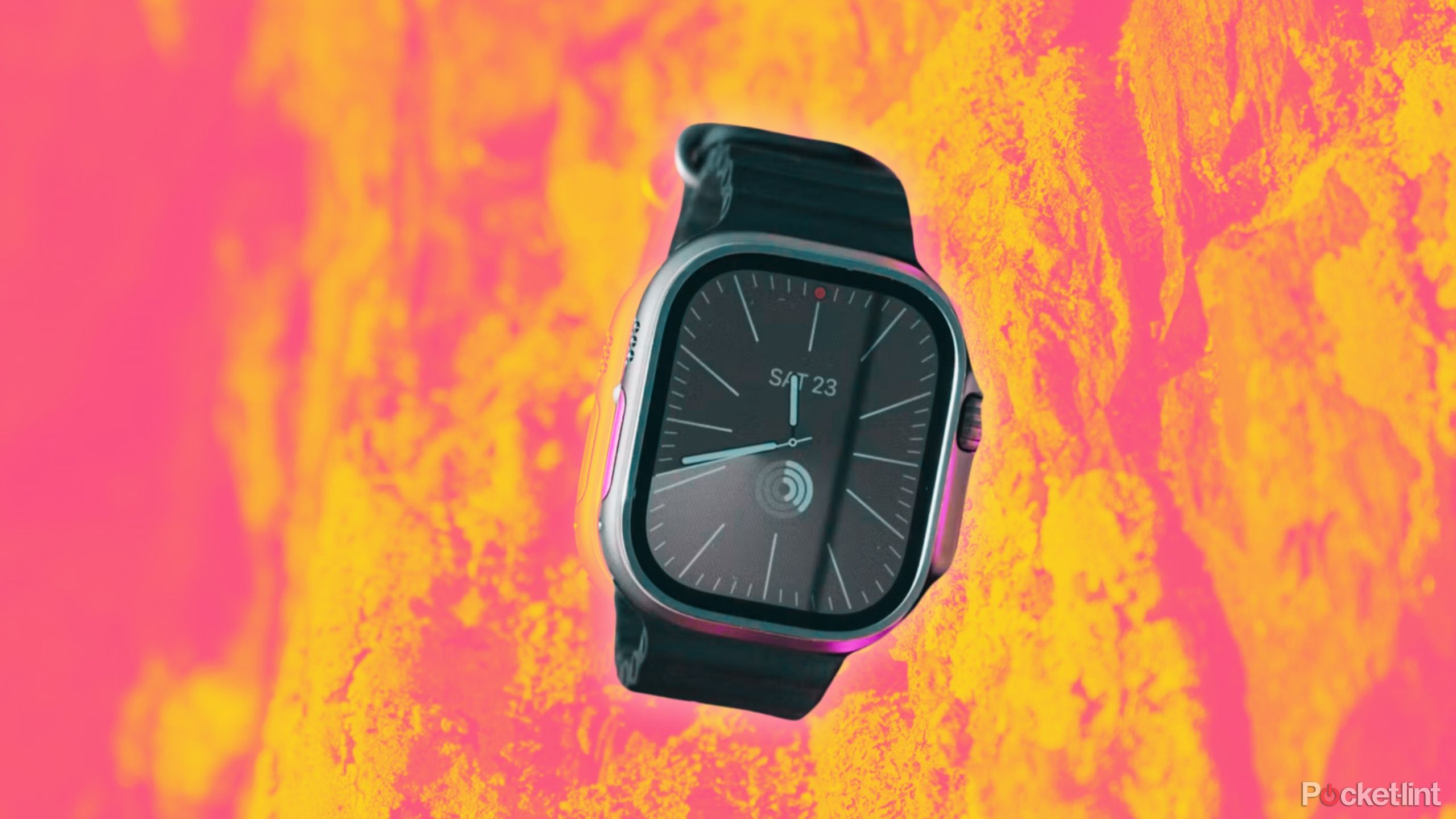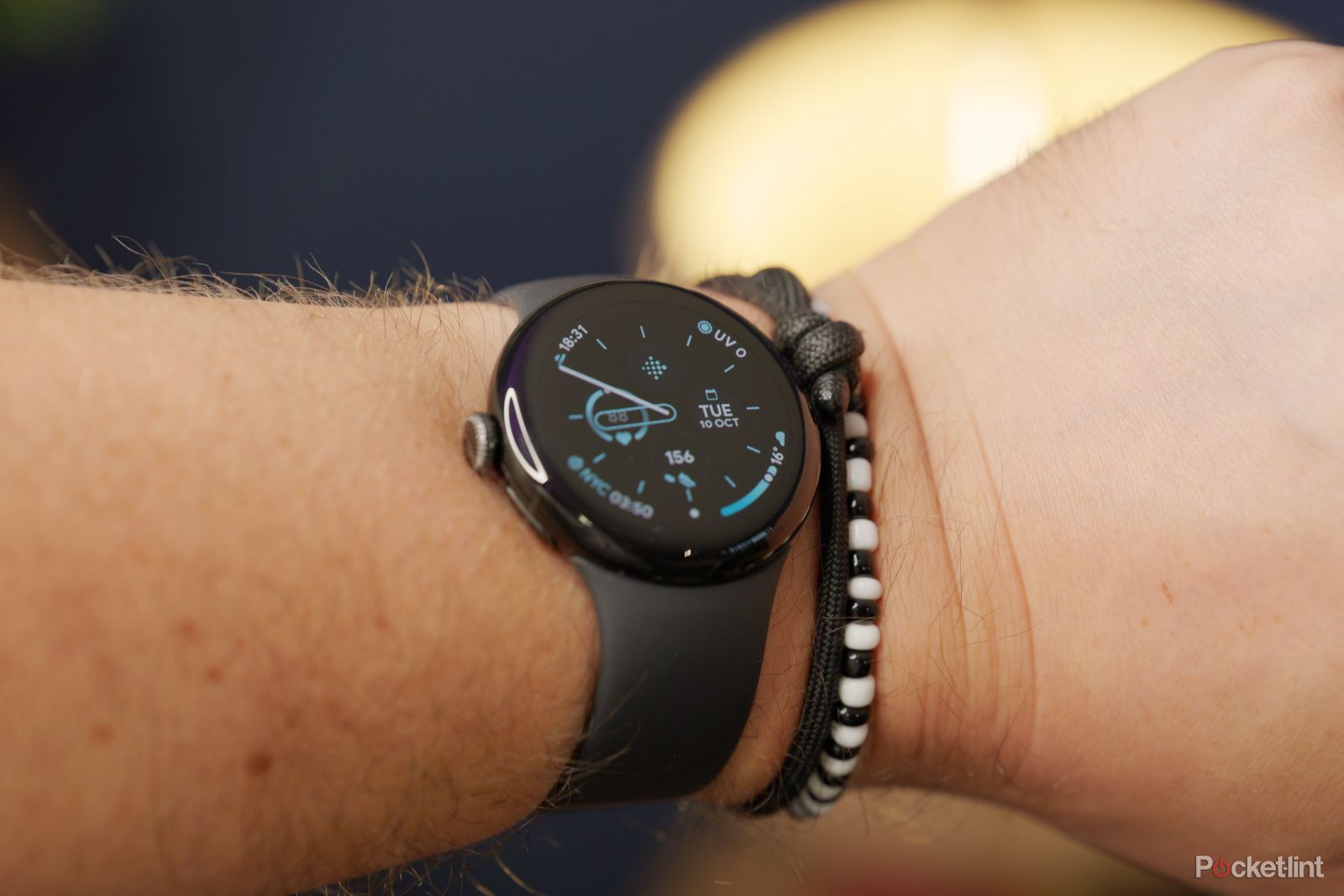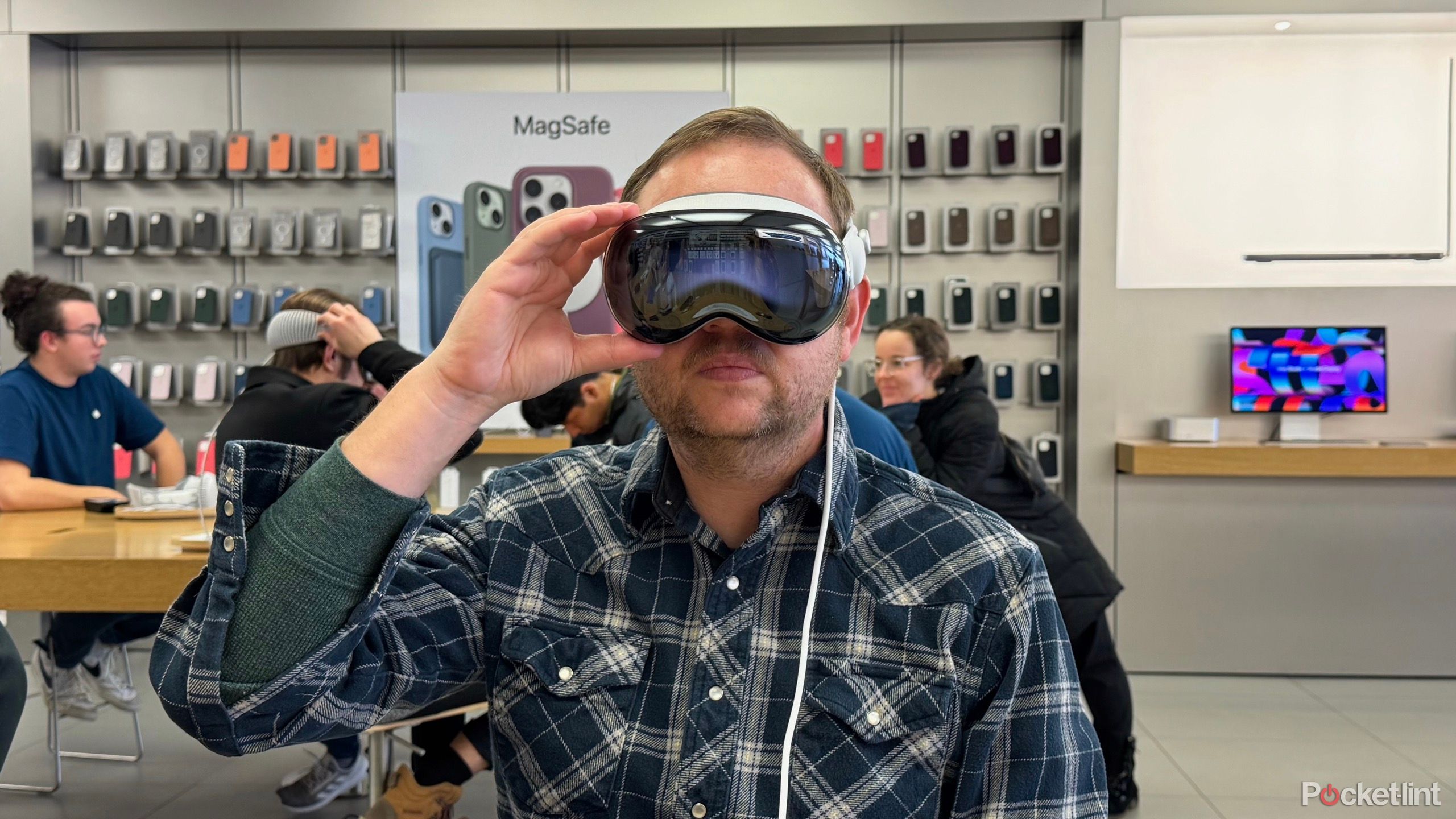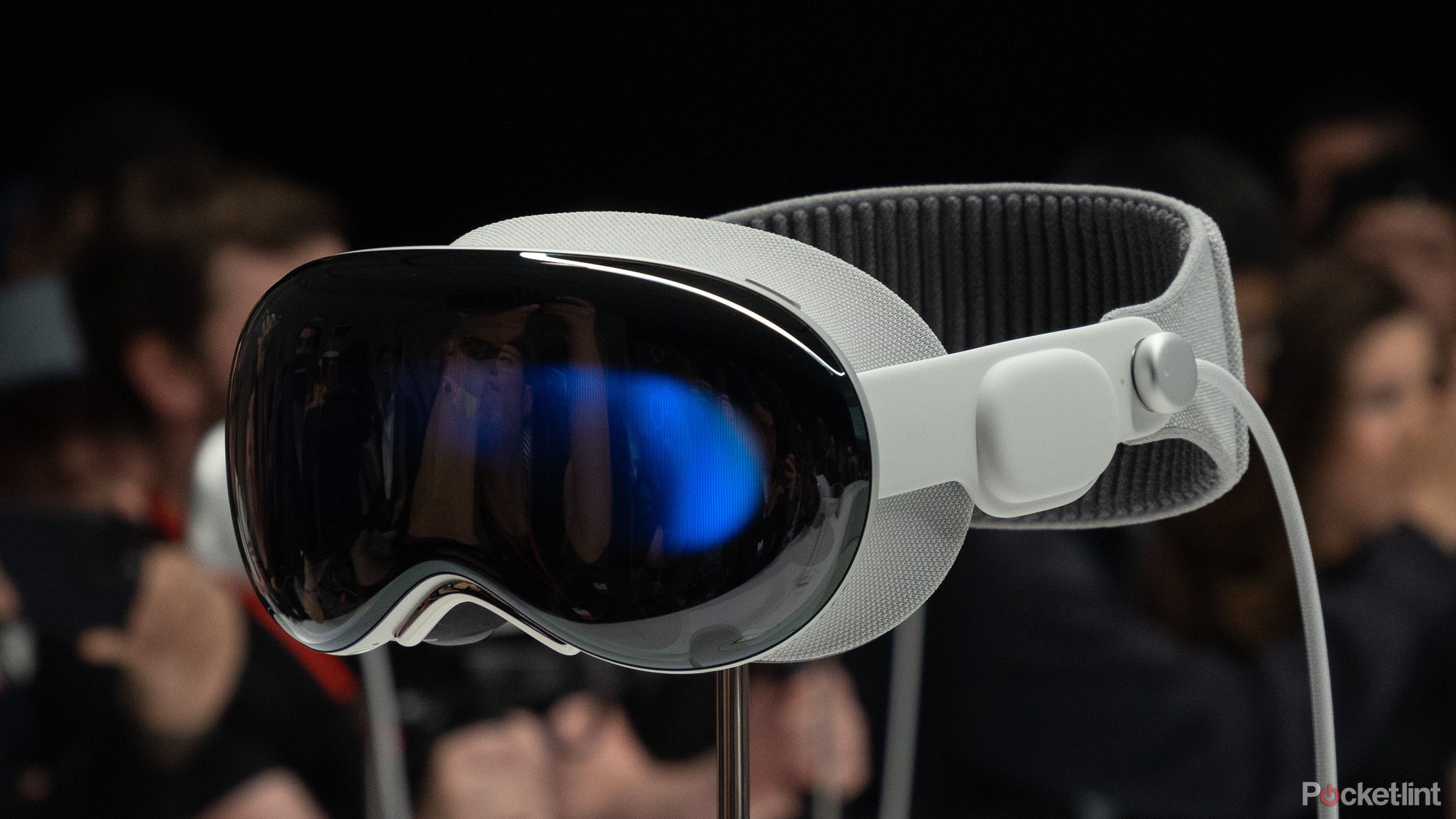Key Takeaways
- Apple Vision Pro’s standalone design and potential to replace multiple devices.
- AR glasses could replace smartphones, but technological hurdles like miniaturization, battery life, and interface issues remain.
- Companies like Apple and Meta have billions to invest in development, and breakthroughs could make AR glasses as practical and affordable as phones.
What makes the Apple Vision Pro so unique when it comes to AR and VR headsets? On the surface, it seems to be features like ultra-sharp resolution, the Apple ecosystem, or a purely gesture-driven interface instead of controllers. Another pick might be EyeSight, which displays an unnerving replica of your eyes for the outside world.
Something that’s occasionally glossed over, however, is the decision to make the Vision Pro a completely standalone device. And beyond the sense of the Meta Quest 3, which simply doesn’t need to be tethered to a PC. In theory, a Vision Pro can replace multiple devices in your home, letting you shift from work to a movie to cooking dinner without once taking it off. As long as its battery lasts, anyway.
There’s already a device most of us take everywhere, and that’s our smartphone. Is there a possibility, then, that AR glasses will replace smartphones? I’d say so, but anyone looking forward to it will need to be patient. Very patient.
Related
The best VR headsets: Expert tested and reviewed
We’ve tested some of the very best options on the market, including the Meta Quest 3, Oculus Quest 2, Apple Vision Pro, Pico 4, and HTC Vive Pro 2.
Why the AR takeover might happen
Ultimately, it’s about reducing interface friction, as designers would say. Think about how often you need to pull your phone out of your pocket or bag every day. Even if you own a smartwatch, some tasks just demand a bigger view, whether it’s responding to emails, organizing a trip, playing games, or tracking your calorie intake.
Combining AR specialties with all the apps we use every day would be a gamechanger.
The fact that you can do all of these things on a phone is a miracle in its own way, but it would be even better if that big-screen device was always in front of your eyes — no need to grab and unlock it. AR also opens up new avenues, such as navigation apps that project directions onto the road, or search apps that can tell you more about what you’re seeing. We’ve seen several examples of this with devices like Google Glass and the Meta Ray-Ban Smart Glasses, but combining AR specialties with all the apps we use every day would be a gamechanger.
Companies like Apple and Meta seem to be aware of this. Even the Quest 3 offers apps like WhatsApp and Facebook Messenger, and lets you extend your desktop PC with a virtual display. If we assume processors, storage, and battery life will continue to progress, a versatile always-worn AR device may be inevitable.
AR glasses could hypothetically end the race for larger screens on mobile devices. We’re still dealing with technological hurdles, but some AR and VR headsets can already simulate screens that dwarf us. Who’s going to care about a fragile seven-inch foldable phone when you can project an 80-inch monitor wherever you like?

Related
10 tips and trick you need to try if you wear an Apple Watch Ultra
Apple’s most rugged smartwatch has some cool hacks that’ll simplify your whole experience — and maybe even life. Here’s how to use them.
Why we’re going to have to wait
It’s those technological obstacles, however, that lead me to think we’re years away from ditching smartphones. The Vision Pro offers sharp and realistic passthrough AR, for example, but its advanced micro-OLED displays are a major reason the headset costs $3,500. Very few people are willing to pay that much for fidelity when something like the $500 Quest 3 is often good enough — as Apple executives are learning the hard way. We’re going to be waiting a while for micro-OLED (or micro-LED) panels to become as cheap as LCDs.
Miniaturization is another huge problem, pun unintentional. While some people are comfortable wearing bulky headsets in public, most aren’t, and it’s a challenge to fit phone-level processors into something comparable to conventional glasses. Until chip die sizes shrink across the board, you probably won’t be opening Microsoft Word on your Ray-Bans.
Likewise, battery life is woefully behind where it needs to be. When you’re not plugged in, you’re lucky if a Quest 3 will last three hours on a charge. The Vision Pro can barely make it to two, which isn’t enough for most movies, never mind navigating the subway and jamming out a project at work. Extra battery packs are an option, yet a true smartphone replacement needs to last a whole day without one, especially when it’s weighing down your head. We’re not on the cusp of an efficiency revolution that would make that possible.
It’s technological obstacles that lead me to think we’re years away from ditching smartphones.
Companies are struggling to solve interface issues as well. Quest-style controllers aren’t practical on the go, and while the Vision Pro’s gestures get around that in many situations, there are some hard limitations — above all, typing. The virtual keyboard in visionOS is awkward to use, and voice dictation is a poor substitute, since you’ll probably end up correcting word choices and punctuation. You wouldn’t want to rely on either for an iMessage conversation with your date. You can, of course, connect a wireless keyboard, but that’s even less portable than a controller.
Voice assistants may be a solution. However, the ones we have now need some serious upgrades to replace a smartphone’s touch controls. Specifically, they need deeper access to app functions, and bulletproof comprehension, since people won’t have an alternative to correct them short of repeating commands. If a phrase like “call my mom” or “give me bicycle directions to Metroflex” doesn’t reliably produce the same results, there’s no way a voice-controlled AR device will take off.
Generative AI platforms like Apple Intelligence and Google Gemini have only shown potential at best, since they’re still too early into their lifecycles — Apple Intelligence hasn’t even reached the public. They can also demand a lot of processing power, despite some tasks being farmed to the cloud. We’ve already established how little space chip designers have to work with on wearables.

Related
4 signs an Apple Ring is coming soon
Apple rarely leaves a popular tech category to its rivals. Here is all the evidence it’s about to go after Oura and others, with its own smart ring.
Surprises in store
Apple’s Vision Pro AR/VR headset on a stand
I’d love to be proven wrong — it’s certainly possible. The companies I’ve mentioned have billions of dollars to invest in development, and a strong incentive to beat their rivals to market, since that can be the key to dominating any burgeoning industry. Imagine if Nokia or RIM had been the first company with an all-touch smartphone instead of Apple.
Engineering breakthroughs do happen.
Speaking of which, engineering breakthroughs do happen. Apple chip manufacturer TSMC recently achieved 2nm die sizes, down from 3nm and 5nm. That should eventually carry over to the rest of the industry, and all it might take is combining that with improved battery chemistry to make AR glasses as practical and affordable as a phone.
Just don’t hold your breath. You can’t force a breakthrough, and there’s no rush for businesses move on to a new product category when smartphones are plenty profitable.

Related
Best smartwatches: Expert tested and reviewed
From the newest Apple Watches to Android options, these are the best smartwatches for tracking time and fitness, according to our testing.
Trending Products

Cooler Master MasterBox Q300L Micro-ATX Tower with Magnetic Design Dust Filter, Transparent Acrylic Side Panel…

ASUS TUF Gaming GT301 ZAKU II Edition ATX mid-Tower Compact case with Tempered Glass Side Panel, Honeycomb Front Panel…

ASUS TUF Gaming GT501 Mid-Tower Computer Case for up to EATX Motherboards with USB 3.0 Front Panel Cases GT501/GRY/WITH…

be quiet! Pure Base 500DX Black, Mid Tower ATX case, ARGB, 3 pre-installed Pure Wings 2, BGW37, tempered glass window

ASUS ROG Strix Helios GX601 White Edition RGB Mid-Tower Computer Case for ATX/EATX Motherboards with tempered glass…













